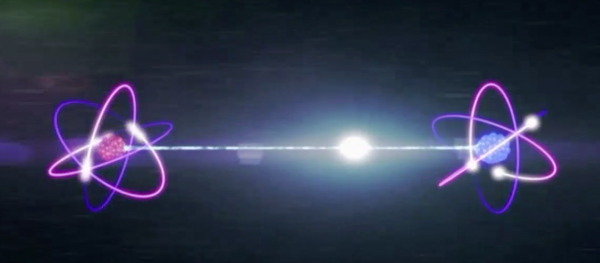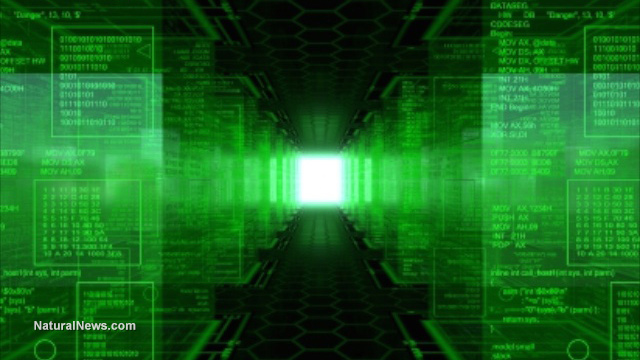Scientists use Einstein’s theory of relativity to generate random numbers that can never be hacked
05/05/2018 / By Edsel Cook

Hackers are now finding it easy to crack encryption systems that rely on random number generators, according to a LiveScience article. In response, Colorado-based mathematicians combined quantum mechanics with Albert Einstein’s theory of relativity to create absolutely arbitrary numbers that cannot be predicted or hacked.
Random numbers are the backbone of encryption systems. Computers use them as keys to access or lock down encrypted information. These vital numbers are generated through two ways. The first technique uses a mathematical algorithm to churn out a random string of numbers. This is what most random number generators use. (Related: Bitcoin users are systematically targeted by the NSA to track their computer activity and crypto transactions.)
The other way takes advantage of randomness that happens in the real world. It checks how long you take to hit one key after another or the temperature of your computer, and uses that unpredictability to build its numbers.
However, both methods are not unbeatable. Hackers have found ways to either predict the output of a random number generator or force it to produce a number of their choosing, which defeats the security of the system.
According to a 2012 report by security researchers, many internet servers rely on weak random number generators. These servers can be hacked at the drop of a predictable number.
Quantum entangled photons ensure randomness while Einstein’s theory prevents hacking
To restore the element of uncertainty that is the basis of security, Peter Bierhorst and his team of mathematicians from the National Institute of Standards and Technology (NIST) have turned to quantum mechanics. They used the superposition state of a photon to create a truly random outcome.
Before it is measured, a photon has a 50 percent chance of pointing up and a 50 percent chance of pointing down. No one can predict this in advance without measuring the photon in question.
For their experiment, the NIST researchers entangled a pair of these unmeasured photons together. Entangled photons share their properties forever, including their superposition state. This presented a neat way to prove that a photon was positioned up or down before it was measured since its partner would have the opposite position.
These entangled photons were sent to opposite ends of the NIST laboratory, which places them 613 feet (187 meters) apart. When the researchers measured their positions, the photons always showed coordinated results, with one pointing up while the other particle pointed down.
Einstein’s theory of relativity established that nothing travels faster than light, which is made up of photons. So the photons could not have coordinated their synchronized positions because they could not outrun themselves. Quantum entanglement therefore guaranteed that the photons were in a superposition state before they were analyzed.
The world’s first quantum random number generator is made in Boulder, Colorado
The ground-breaking quantum random number generator has one problem, said Stefano Pironio, a Belgian quantum physicist from the Free University in Brussels. He pointed out that the method takes up too much time to create one random number, much less multiple numbers.
To create a 1,024-bit encryption key, the NIST team needed 10 minutes. That is too slow for cryptographic processes that rely on very fast algorithms.
Bierhorst agreed with this analysis. But he believed his team’s experimental set-up could be sped up and scaled down to fit inside a computer chip one day.
Meanwhile, the NIST-developed quantum random generator will undergo its first trial as a part of the university’s randomness beacon. The beacon serves as a publicly-available source of unpredictability. It will help researchers develop new ways of encryption that can protect vital messages from hackers.
You can read more articles about groundbreaking discoveries at FutureScienceNews.Com.
Sources include:
Tagged Under: computing, cryptography, encryption, future tech, Glitch, photons, quantum entanglement, quantum mechanics, quantum random number generator, random numbers, theory of relativity, weird science
RECENT NEWS & ARTICLES
COPYRIGHT © 2017 COMPUTING NEWS




















